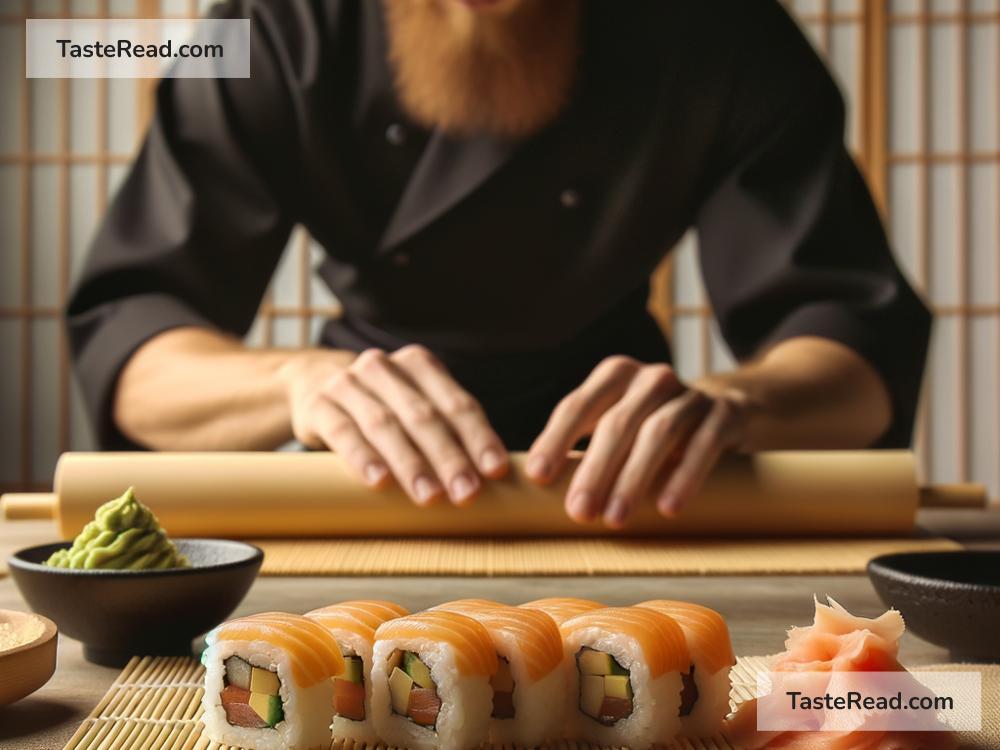How the Japanese Sushi Became a Culinary Tradition
Sushi, a dish that effortlessly combines simplicity and complexity, has journeyed from the shores of Japan to become a beloved culinary tradition around the globe. This delightful dish, often associated with raw fish and vinegared rice, has an intricate history that spans centuries, embodying the essence of Japanese cuisine and its transformation into a global phenomenon.
The Roots of Sushi
Sushi’s inception dates back to the 8th century in Southeast Asia, with a method called “narezushi.” This was hardly the sushi we know today. It involved fermenting fish with salt and rice, a technique aimed at preserving the fish rather than creating a meal. Over time, as this preservation method made its way to Japan, it underwent significant transformations. The Japanese began to eat the rice along with the fish, gradually seasoning the rice with vinegar to enhance the flavor.
By the Edo period (1603-1868), what we now recognize as sushi began to take shape. Street food vendors in Edo (modern-day Tokyo) came up with a fast-food version, “Edomae zushi” or “Edo-style sushi.” This sushi was made with fresh fish caught from Tokyo Bay, served on top of vinegared rice. It was a hit, proving that sushi was not just about preserving fish but creating a delicious, quick meal. This innovation is closely related to the sushi we adore today, emphasizing freshness and flavor.
Sushi Goes Global
The journey of sushi from a Japanese delicacy to a worldwide culinary tradition is as interesting as the dish itself. Following World War II, Japan opened up to the world, and Japanese companies started expanding overseas. With them, Japanese expatriates brought their cuisine, including sushi, introducing it to different parts of the globe.
However, sushi’s international acclaim truly skyrocketed in the 1970s and 1980s. The health and fitness boom in the United States, coupled with a growing interest in foreign cuisines, paved the way for sushi’s popularity. Initially, the idea of consuming raw fish was alien and somewhat unappealing to many outside Japan. To bridge this gap, inventive sushi chefs introduced adaptations like the California roll. This inside-out roll, with rice on the outside and ingredients like avocado and crab meat on the inside, was more palatable to those unfamiliar with sushi’s traditional raw fish ingredient. Such innovations were pivotal in making sushi accessible and beloved worldwide.
The Art and Etiquette of Sushi
Sushi is much more than food; it’s an art form that requires years of training to master. A sushi chef, known as an “itamae,” undergoes extensive training, learning the nuances of selecting the freshest fish, perfecting the rice, and presenting the sushi. This dedication to craftsmanship is what makes sushi special and a culinary tradition that’s respected globally.
Similarly, traditional sushi dining comes with its own set of etiquettes. For instance, it is customary to eat nigiri sushi (sushi with a slice of fish on top of rice) with your hands rather than chopsticks. The sushi should be dipped into soy sauce fish-side down to avoid soaking the rice with sauce, which can overwhelm the delicate balance of flavors. These customs enrich the sushi dining experience and showcase the thoughtful consideration behind the cuisine.
Sushi Today: A Global Phenomenon
Today, sushi is enjoyed in various forms and settings, from luxurious restaurants with Michelin stars to convenient supermarket packs. Its global popularity has led to endless innovations, incorporating local ingredients and flavors from different cultures. This fusion has introduced sushi to a broader audience, expanding its appeal while still honoring its traditional roots.
Sushi stands as a testament to the dynamic nature of food traditions. From its humble beginnings as a method of preservation to becoming a symbol of Japanese culture and a global culinary phenomenon, sushi exemplifies how food can transcend borders, connecting people through shared experiences and the universal language of taste.
In conclusion, the journey of sushi from a local Japanese dish to a global culinary sensation is a rich tapestry of history, culture, and innovation. Its evolution speaks volumes about the adaptability of traditional cuisines and their capacity to bring joy and comfort to people around the world. As we savor each bite of sushi, we partake in a tradition that, while deeply rooted in Japanese culture, has become a beloved part of the global gastronomic landscape.


